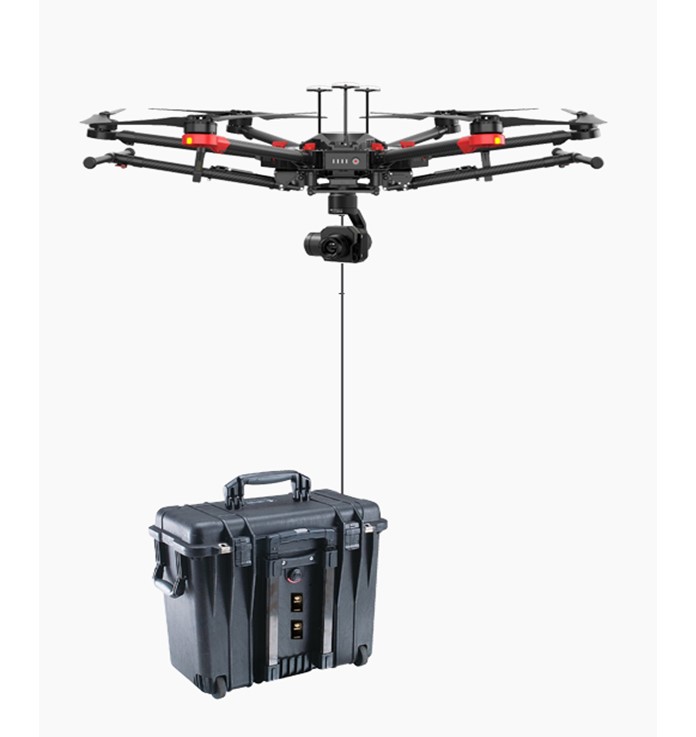ARTICLE PROVIDED BY: DR. RUSS SCHNELL, GLOBAL MONITORING DIVISION, BOULDER, COLORADO
Air samples collected through an air-line supported 100 ft. above ground level on a tower at Cape Kumukahi, Hawaii, showed that a multi-decade long decline in CFC-11, a stratospheric ozone depleting gas controlled by the Montreal Protocol, is stalling. In a paper published in [EasyDNNnewsDocument|79], NOAA Global Monitoring Division scientists show this disallowed CFC-11 production is coming from eastern China, 10,000 km upwind of Cape Kumukahi (Figure 1). During recent eruption access to the Cape Kumukahi tower was destroyed by a 30 ft. high wall of hot lava which also destroyed the road, inundated the area, cut the power line and terminated sampling from the tower (Figure 2). In May 2018 subsequent air samples collected at the surface near the tower site were not of acceptable quality (Figure 3). By way of reference, ozone depleting gas concentrations are measured in parts per trillion (ppt) or better.





To visualize a ppt, here is an analogy. If you have a wall of silver dollars 6 ft. wide by 6 ft. tall, 200 miles long, there will be about one trillion silver dollars in that wall. Take one of those coins out of the wall and scratch it. NOAA Global Monitoring Division scientists will tell you where in that wall the coin came from, and on what side the coin was scratched, 99 times out of a 100. Some CFC-11 measurements require determining concentrations to a 10th of a ppt. Following the above analogy, the wall of silver dollars would be 2,000 miles long but the measurements would still pinpoint the scratched coin’s location, 99 out of 100 times.
In order to reestablish the Cape Kumukahi measurement program with the same sampling parameters as prior to the lava flow, it is necessary to sample air from near to the same location and altitude. A replacement tower may never be built as the cost for road, power line and tower would be in the million $ scale. As a possible replacement a tethered UAS hexacopter system has been developed to accomplish the same sampling parameters, at the same sight at a much reduced cost.
Specifically via UAS Program Office support, the Global Monitoring Division will use a tethered DJI 600M hexacopter to pull up an air sampling line to 100 ft. and hover while flasks are filled with a pump at the surface (Figure 4). The hexacopter will be powered by either batteries or powered by a generator operating on propane. The sampling line weighs 2.5 lbs. whereas the hexacopter can carry 6 lbs. Operations in winds up to 20 mph should be possible. Prior to deployment, the efficacy of the system and any possible contamination issues will be thoroughly vetted at the NIST Table Mesa test facility near Boulder, CO.


The hexacopter and tether system components will arrive in late September 2019 with field testing in November and modifications/sample QA/QC in December 2019. If all goes as planned, deployment to Hawaii will be in January/February 2020 with additional QA/QC and test operations at Cape Kumukahi. Assuming all operator training, safety, logistics QA/QC and permissions are completed, the system should become operational with weekly sampling beginning in March 2020. This resumption of measurements will be timely as China has agreed to comply with the Montreal Protocol immediately [EasyDNNnewsDocument|78]. The NOAA Cape Kumukahi measurements will assist in verify the compliance.
This tethered hexacopter system will be relatively cheap for above ground surface sampling, is highly mobile and could be deployed globally and hence facilitating collecting air samples under many different scenarios in a variety of environments.

